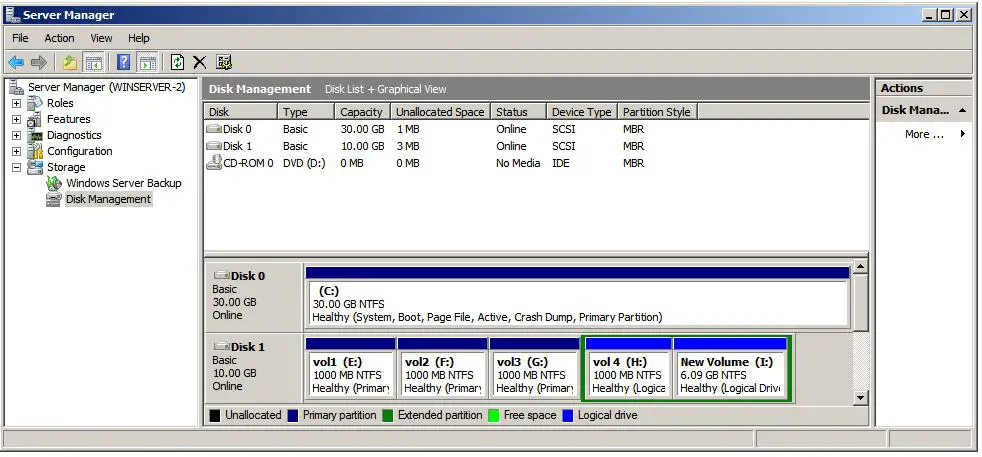To partition a hard drive in Windows means to section off a part of it and make that part available to the operating system.Most of the time, the 'part' of the hard drive is the entire usable space, but creating multiple partitions on a hard drive is also possible so that you can store backup files in one partition, movies in another, etc.
- Extend Windows Partition To Unallocated Space
- Windows Extend Partition C
- Windows Partition Extend Volume
- How To Make Extended Partition
- Windows 7 Extended Partition
- Oct 12, 2017 Extend a basic volume.; 2 minutes to read; In this article. Applies To: Windows 10, Windows 8.1, Windows Server (Semi-Annual Channel), Windows Server 2019, Windows Server 2016, Windows Server 2012 R2, Windows Server 2012 You can add more space to existing primary partitions and logical drives by extending them into adjacent unallocated space on the same disk.
- Dec 02, 2011 The Windows Master Boot Record (MBR) partition structure supports a total of only four (4) partitions per Hard Disk Drive / Solid State Drive, they can be either 4 Primary partitions or three (3) Primary partitions and a single (1) Extended partition.
- First thing: extended partition only available on an MBR disk. On GPT partition, all the partitions will be primary. To create an extended partition with Disk Management, you have to create 3 primary partition, then when creating the 4th partition.
Applies To: Windows 10, Windows 8.1, Windows Server (Semi-Annual Channel), Windows Server 2019, Windows Server 2016, Windows Server 2012 R2, Windows Server 2012

You can add more space to existing primary partitions and logical drives by extending them into adjacent unallocated space on the same disk. To extend a basic volume, it must be raw (not formatted with a file system) or formatted with the NTFS file system. You can extend a logical drive within contiguous free space in the extended partition that contains it. If you extend a logical drive beyond the free space available in the extended partition, the extended partition grows to contain the logical drive.
For logical drives, and boot or system volumes, you can extend the volume only into contiguous space and only if the disk can be upgraded to a dynamic disk. For other volumes, you can extend the volume into non-contiguous space, but you will be prompted to convert the disk to dynamic.
Extending a basic volume
To extend a basic volume using the Windows interface
Extend Windows Partition To Unallocated Space
In Disk Manager, right-click the basic volume you want to extend.
Click Extend Volume.
Follow the on-screen instructions.
Windows Extend Partition C
To extend a basic volume using a command line
Windows Partition Extend Volume
Open a command prompt and type
diskpart.At the DISKPART prompt, type
list volume. Make note of the basic volume you want to extend.At the DISKPART prompt, type
select volume <volumenumber>. This selects the basic volume volumenumber that you want to extend into contiguous, empty space on the same disk.At the DISKPART prompt, type
extend [size=<size>]. This extends the selected volume by size in megabytes (MB).
| Value | Description |
|---|---|
| list volume | Displays a list of basic and dynamic volumes on all disks. |
| select volume | Selects the specified volume, where volumenumber is the volume number, and gives it focus. If no volume is specified, the select command lists the current volume with focus. You can specify the volume by number, drive letter, or mount point path. On a basic disk, selecting a volume also gives the corresponding partition focus. |
| extend |
|
| size=size | The amount of space, in megabytes (MB), to add to the current partition. If you do not specify a size, the disk is extended to take up all the contiguous unallocated space. |
Additional considerations
How To Make Extended Partition
- If the disk does not contain boot or system partitions, you can extend the volume into other non-boot or non-system disks, but the disk will be converted to a dynamic disk (if it can be upgraded).